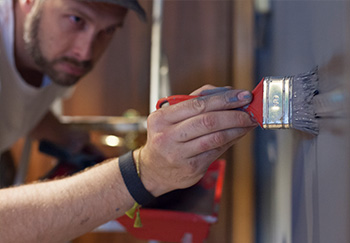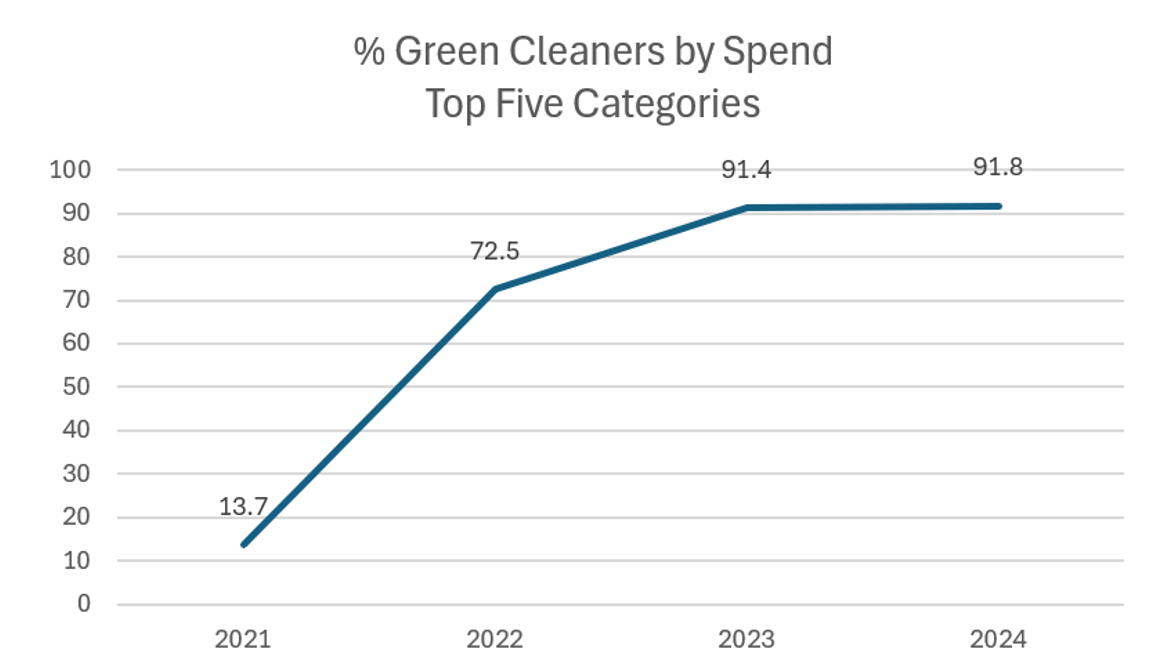Overview:
 The effects that toxic chemicals have on human health and the environment are well documented. Such exposures can play a significant role in the cause and development of disease. Therefore, healthcare facilities have a particularly urgent responsibility to use safer, and fewer, chemicals. To reduce and prevent staff and patient exposure, as well as environmental impacts, hospitals strive to segregate and manage pharmaceutical wastes; use products that are mercury, PVC and DEHP-free; use greener cleaning, disinfecting, and sterilizing chemicals and equipment; and move to more efficient automatic machine washing for sterilization of medical instruments. Hospitals look for opportunities to reprocess single use devices and employ reusable products where appropriate.
The effects that toxic chemicals have on human health and the environment are well documented. Such exposures can play a significant role in the cause and development of disease. Therefore, healthcare facilities have a particularly urgent responsibility to use safer, and fewer, chemicals. To reduce and prevent staff and patient exposure, as well as environmental impacts, hospitals strive to segregate and manage pharmaceutical wastes; use products that are mercury, PVC and DEHP-free; use greener cleaning, disinfecting, and sterilizing chemicals and equipment; and move to more efficient automatic machine washing for sterilization of medical instruments. Hospitals look for opportunities to reprocess single use devices and employ reusable products where appropriate.
Goals 2025:
- Collect 60% of pulse oximeters for reprocessing
- Collect 95% of eligible transfer sheets for reprocessing
- Investigate market options for PVC and DEHP alternatives and conduct trials on at least two product lines
Highlights:
The Hospital drove a substantial transformation of the profile of the chemicals used by Environmental Services. Over the past few years the group has moved from less than 15% of its total spend on five categories of cleaners (tracked by Practice Greenhealth) to more than 90%. The process involved the identification of more environmentally friendly alternatives that perform appropriately, procurement changes, and staff training. The transition has been highly successful.

In some cases, floor care has transitioned to less chemically-intense methods. Floor strippers are a difficult category for substitution, and the Hospital has focused on replacing floors that require stripping when the opportunity for such changes arise.
One unit continues to successfully supplement the other traditional cleaners with UV devices and has found such supplementation very favorable.
Clinical laboratories continue to replace more chemical intensive laboratory arrays with greener, less toxic materials and focus on generating less waste. To reduce the use of formaldehyde, labs have changed their procedures to work on fresh pathology samples when possible.
In recent years, we have completely eliminated the use of EtO (ethylene oxide) gas, a highly toxic sterilizing agent for surgical instruments. We have virtually eliminated the disinfectant glutaraldehyde and replaced it with safer alternatives, such as hydrogen peroxide. We purchased sterilizing machines that use hydrogen peroxide, a cleaner and more efficient sterilizing agent. On our Neonatal Intensive Care Unit, we ensure that breast pumps, examination gloves and vascular catheters are PVC- and DEHP-free.
To reduce chemical pesticide use, we have implemented an integrated pest management plan that focuses on prevention as the primary means of pest control, both indoors in buildings and outdoors on grounds. Our pest management contractor is certified green.
Environmental Health & Safety can now generate detailed inventories from the hospital's electronic SDS database of Particularly Hazardous Substances, PHS, (reproductive hazards, highly toxic and carcinogens), as defined by the OSHA Laboratory Standard. Reports can be queried by facility and/or department. Information from these reports can be used to focus on eliminating identified products.
Recognition:
In 2020 and 2022, the work of this group was recognized by Practice Greenhealth in their Circles of Excellence award, which commends the top programs nationwide.
Stony Brook Medicine won a 2016 Vizient Sustainability Excellence Award, for our Microfiber Mop Program. Using microfiber allows for a more efficient cleaning method than using water and chemicals. It helps the environment, makes it safer for staff to clean floors, and improves cleanliness of patient care areas.
Team Leads:
Michael DeMasi*, Nikki Hamblin, Martha Houlihan, Ellen O'Hare, Ally Silver
Policies:
LD0105 Clinical Products Request, Standards and Evaluation Program and Process

